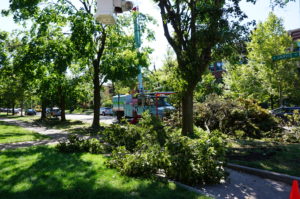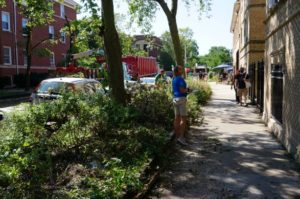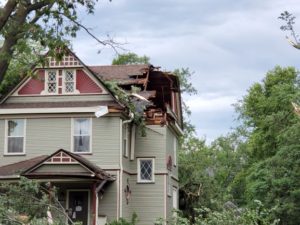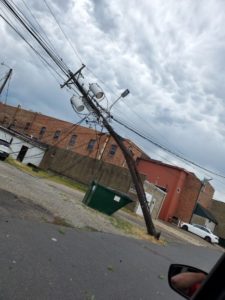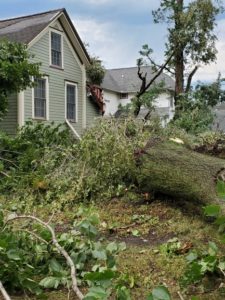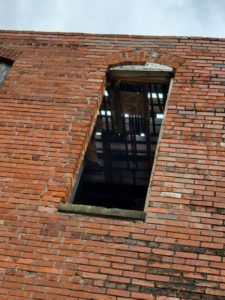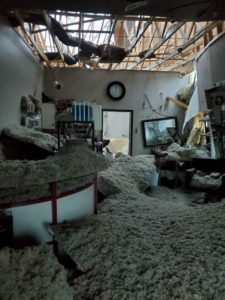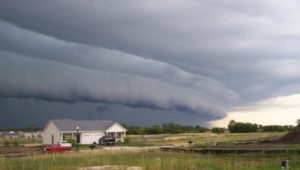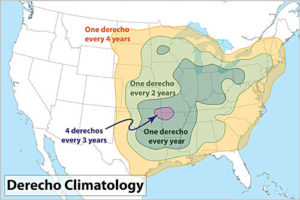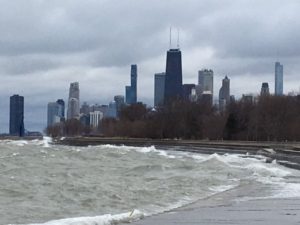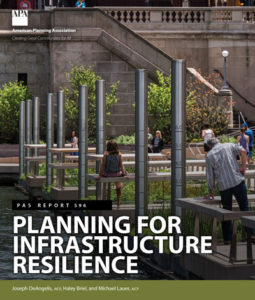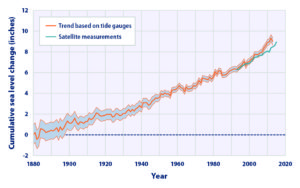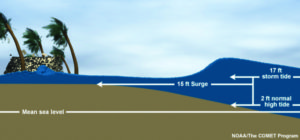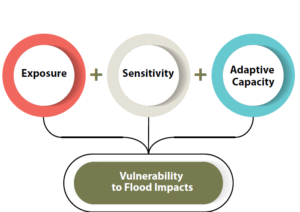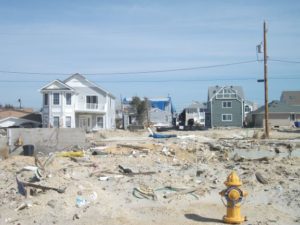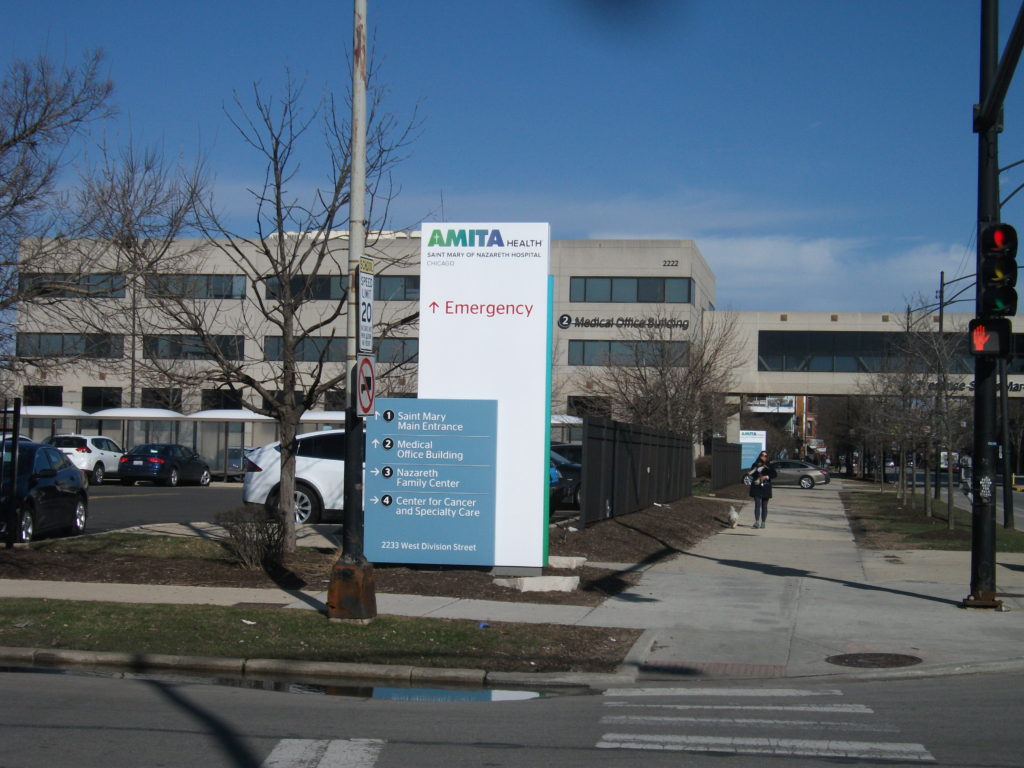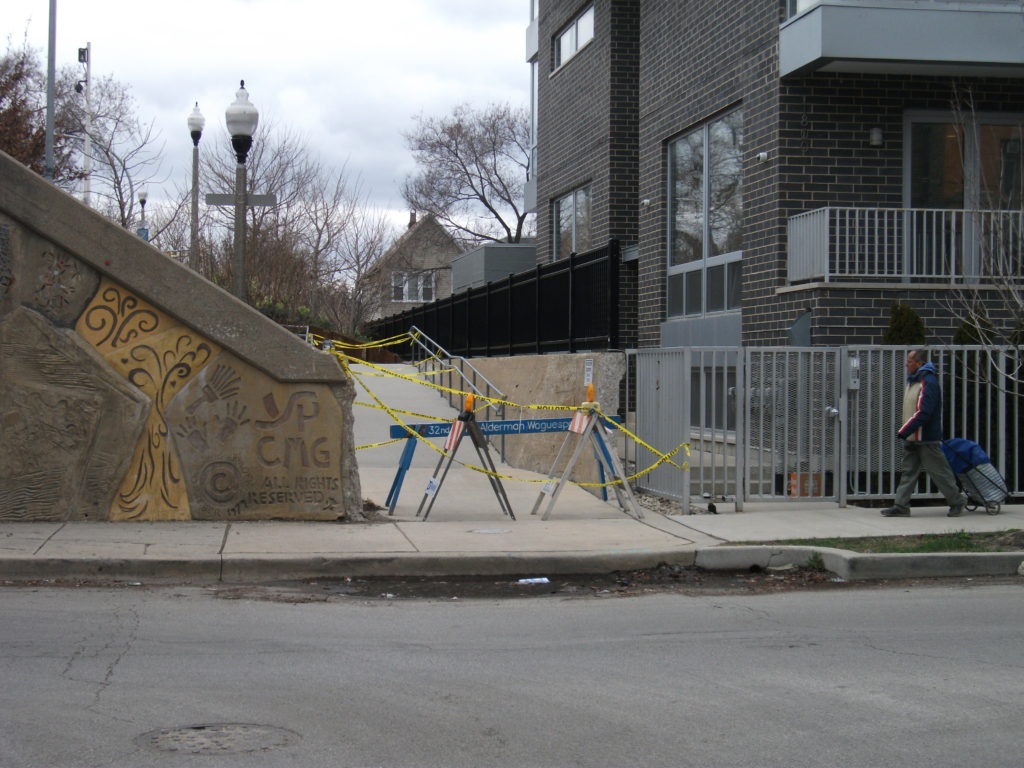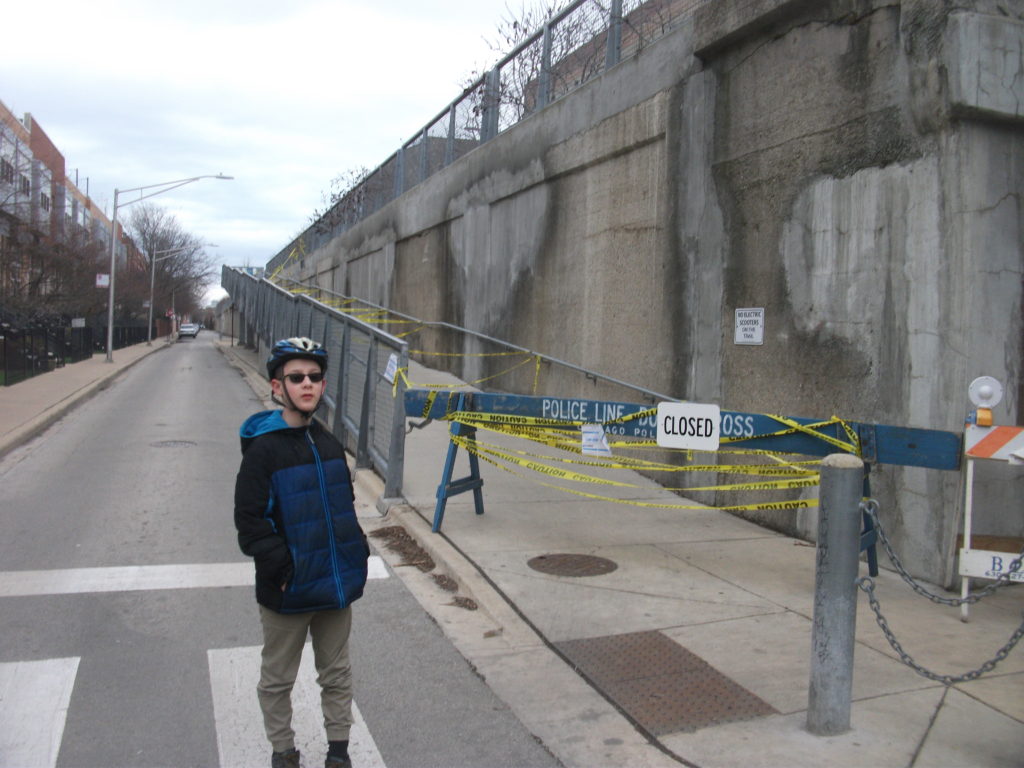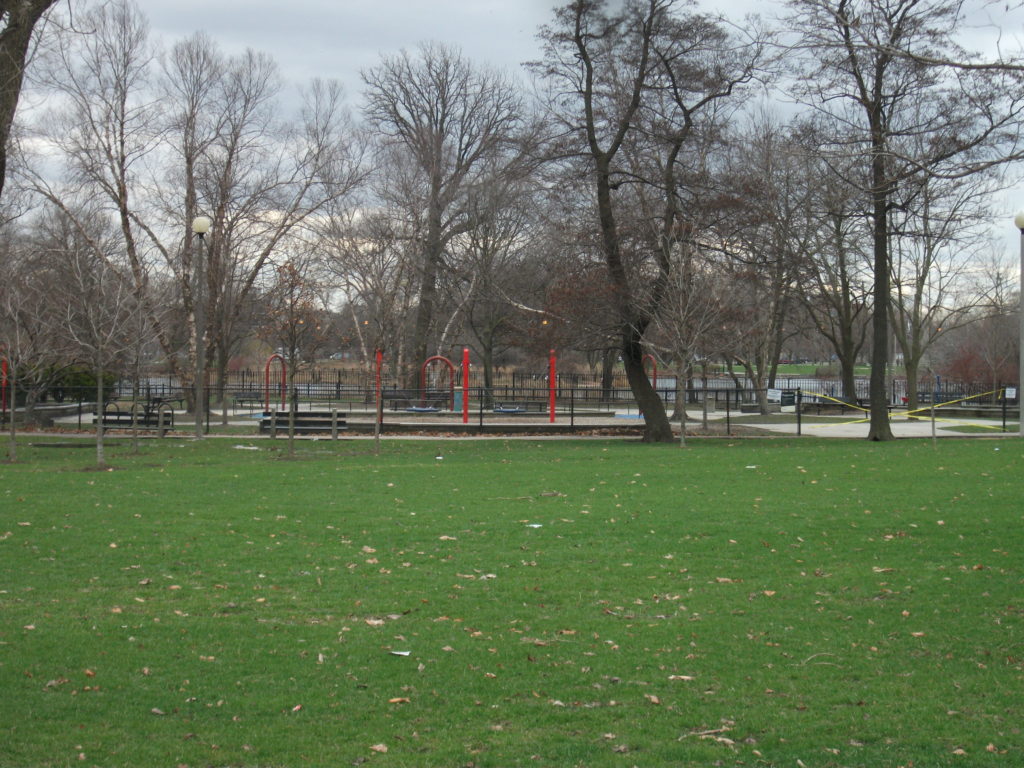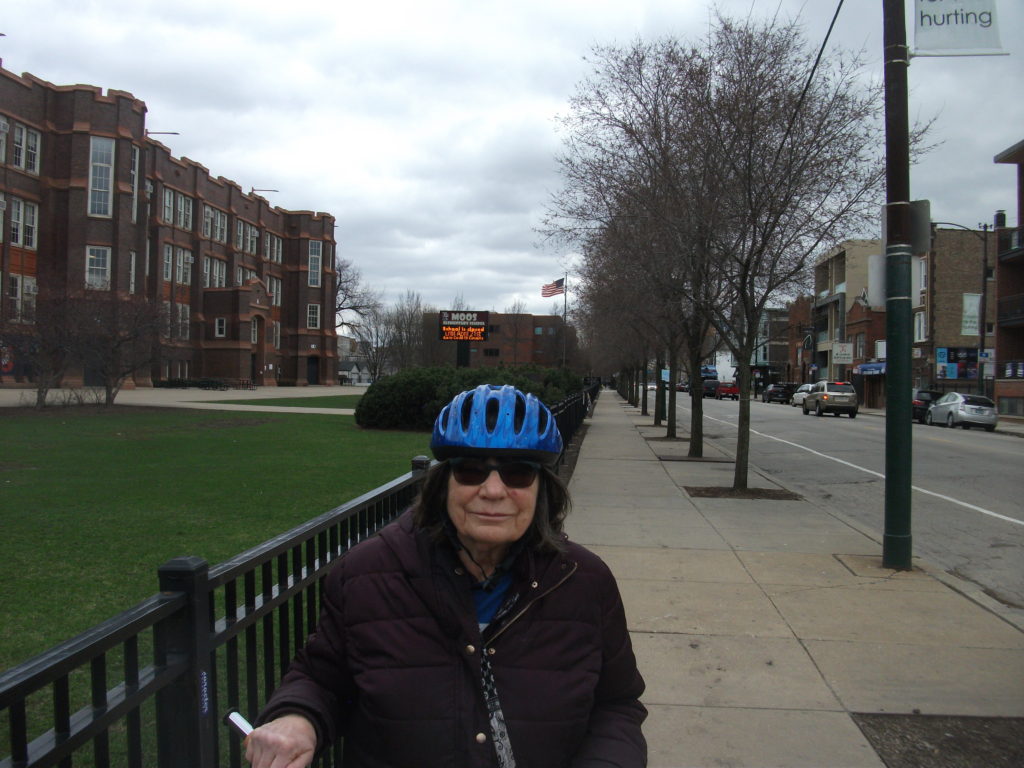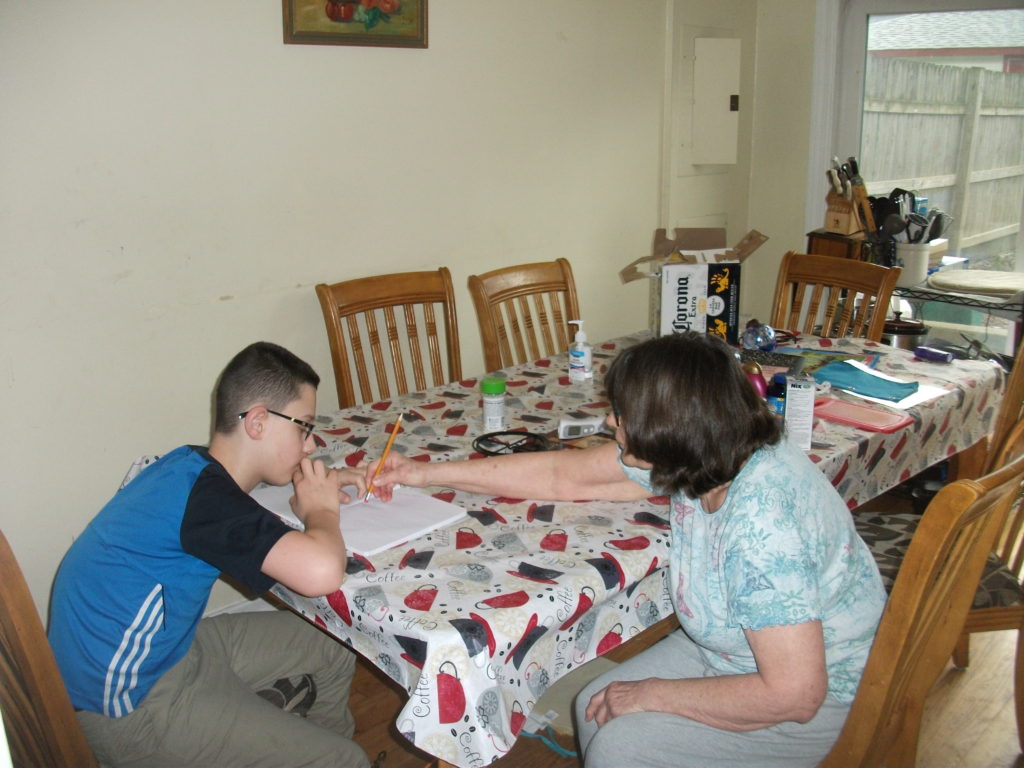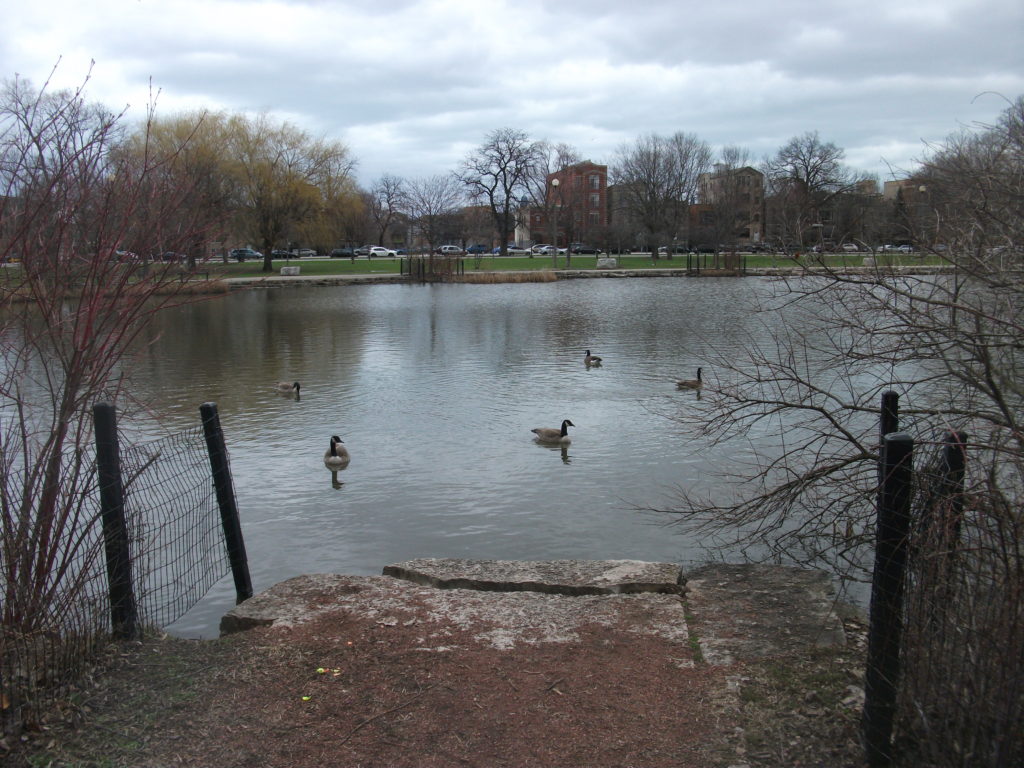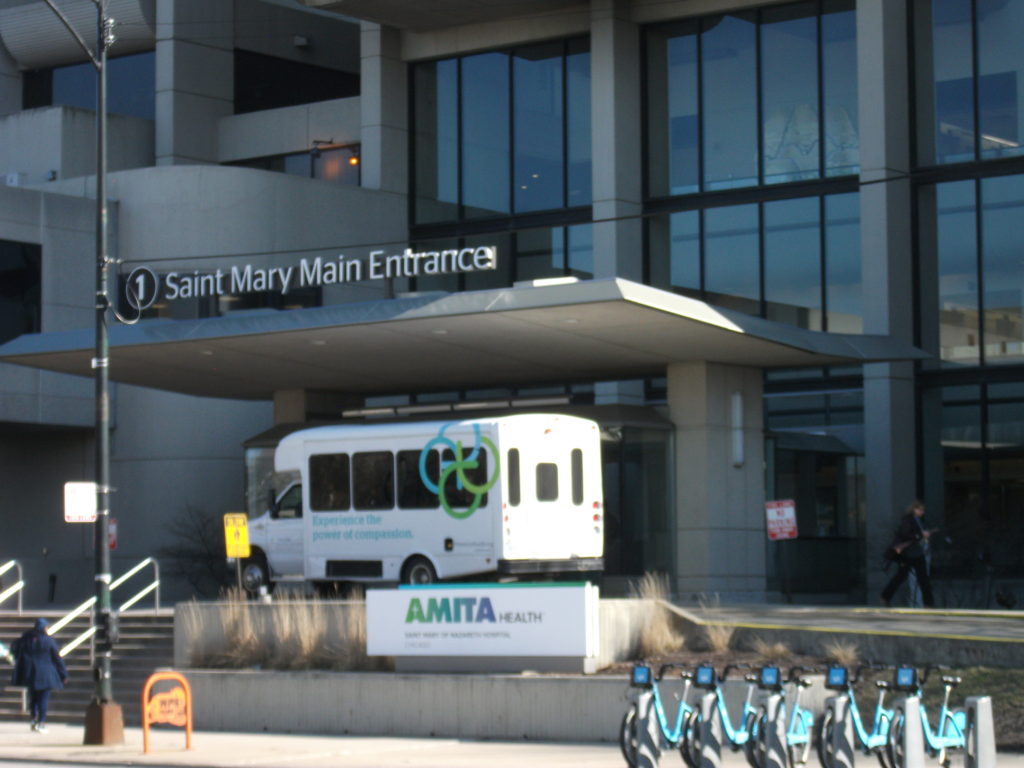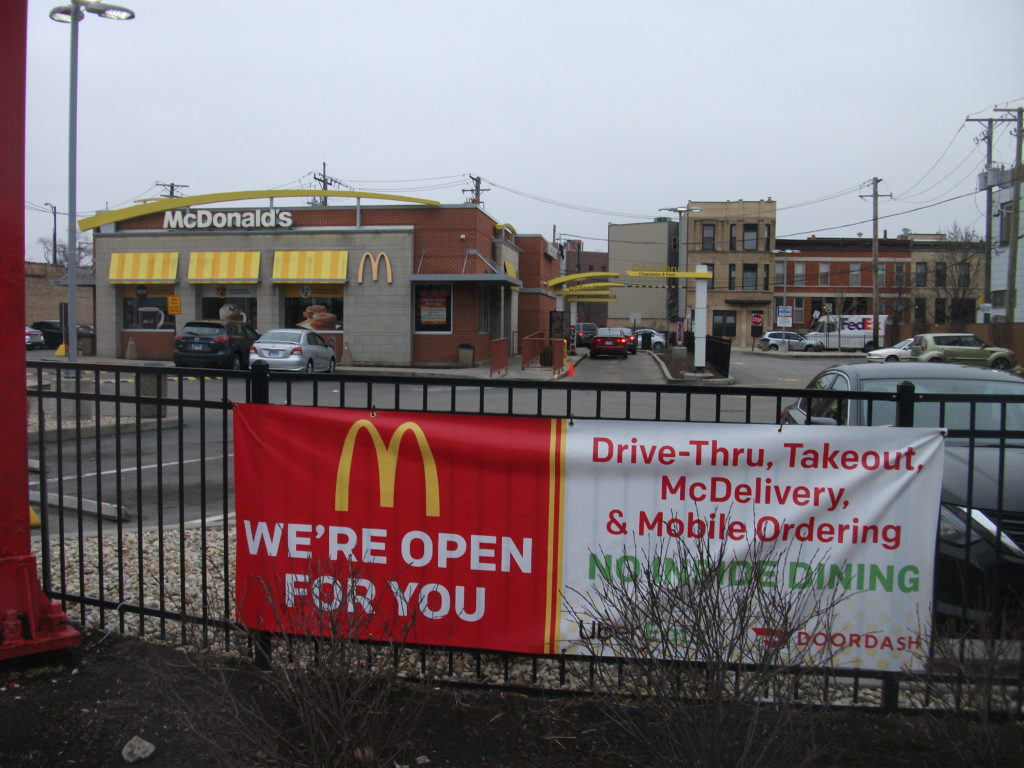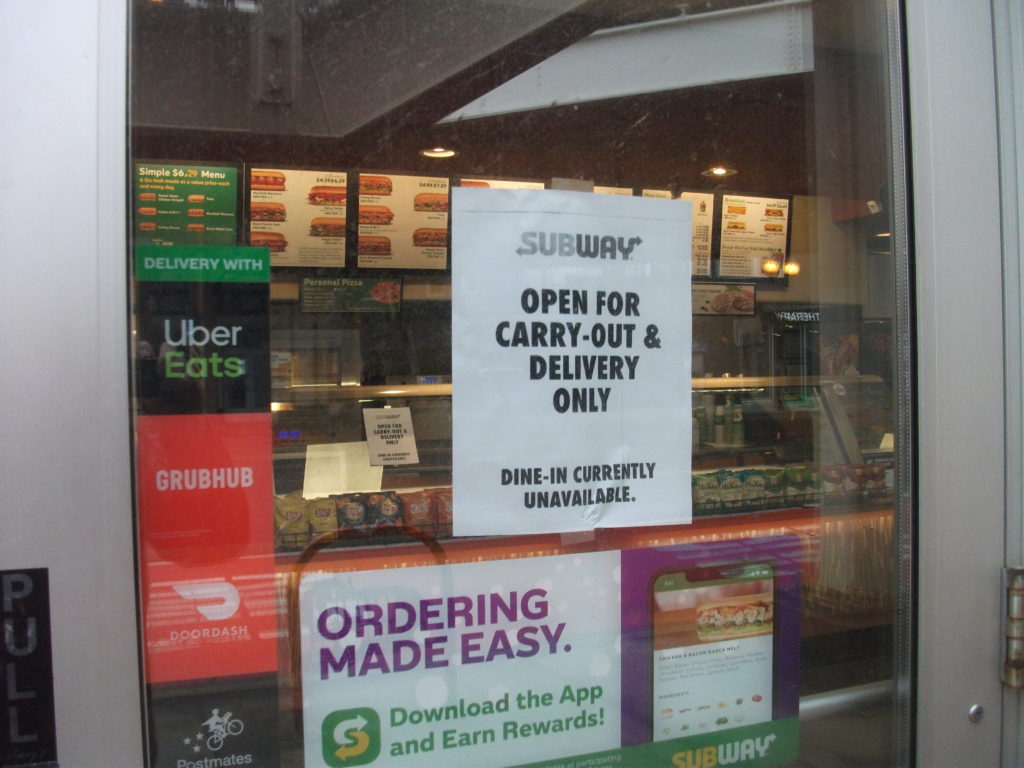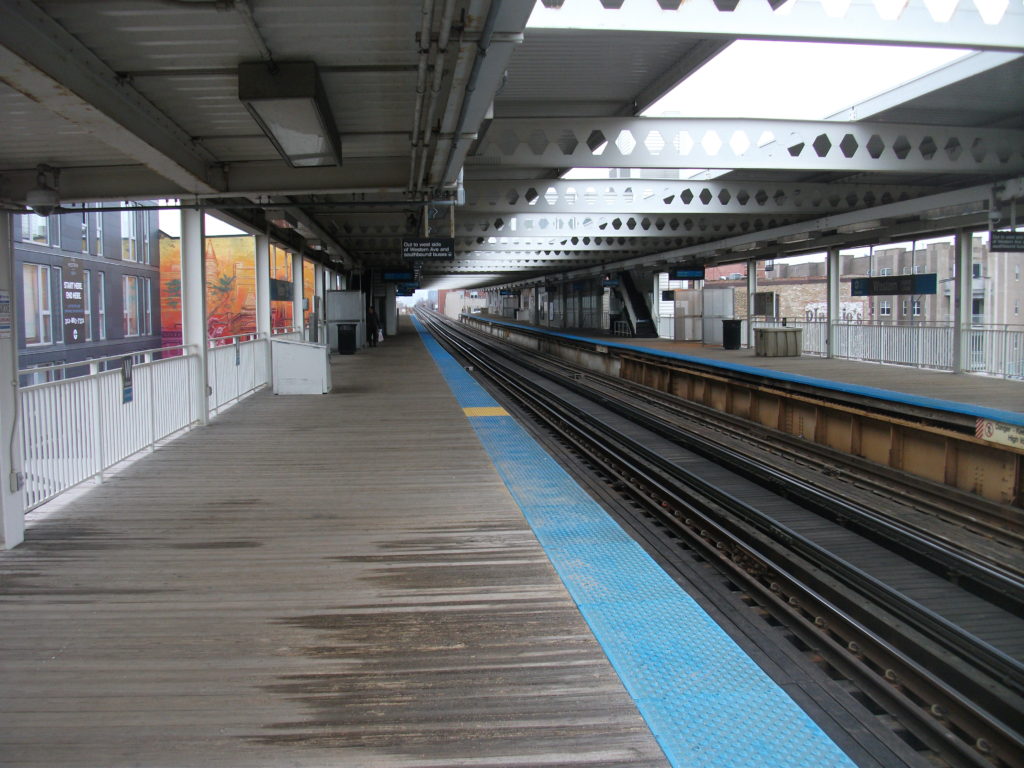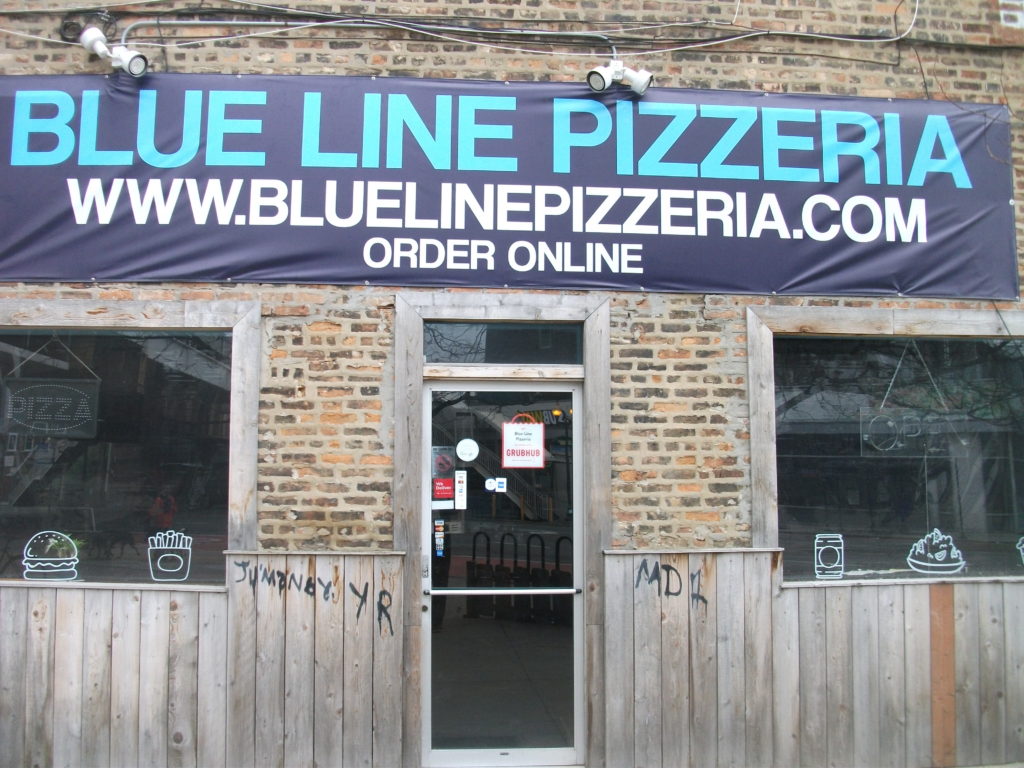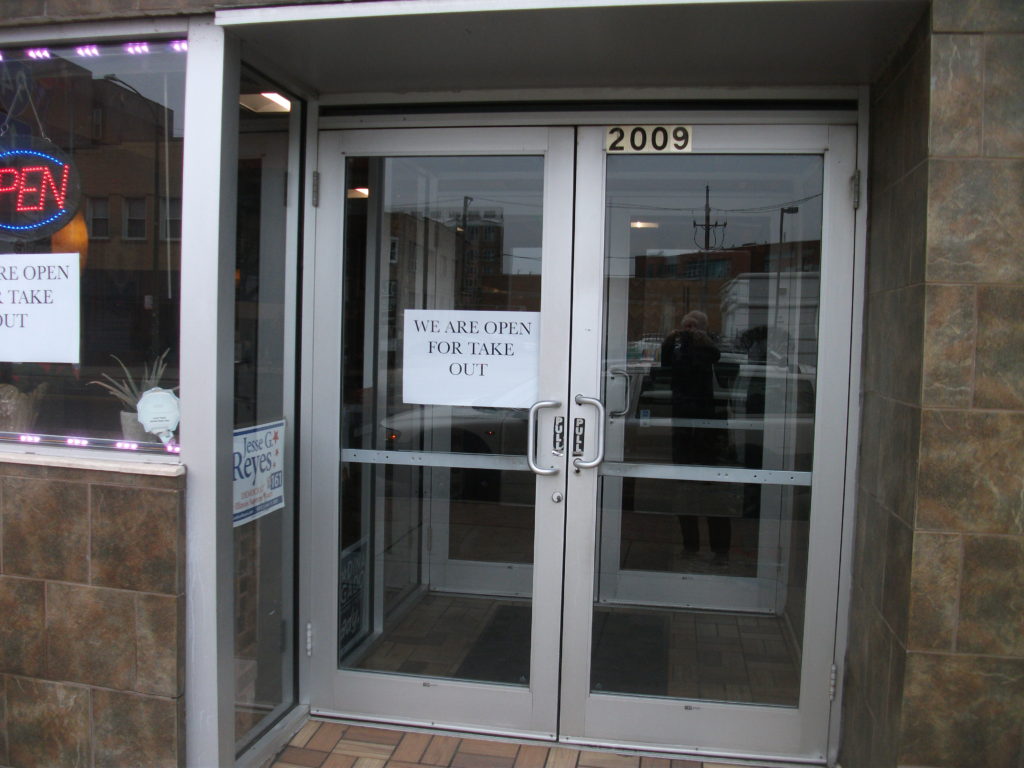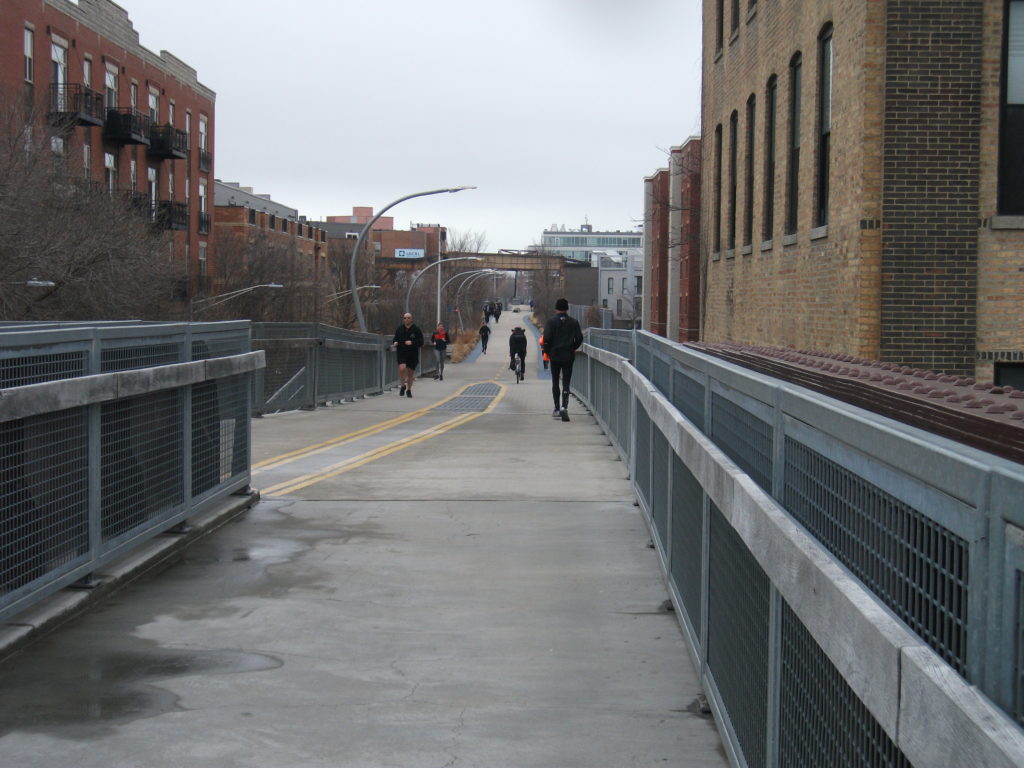When a law makes a powerful impact over time, it is sometimes hard to remember what life was like before it was enacted. In U.S. history, for example, both Social Security and, later, Medicare, created a new reality for the elderly that makes it almost impossible for most people to imagine what old age meant before they took effect. They are so much a part of the fabric of American life that some people even forget (or never learn) the social and political debates that produced them. That sort of obtuse amnesia was in evidence as Tea Party protests materialized in response to the Affordable Care Act, aka Obamacare, in which some carried signs that read, “Keep Your Government Hands Off My Medicare.” Ponder that conundrum for a while.
Few laws match the scale of impact of those two examples, but many have significant impacts that receive less attention, at least among the general public. One that is reaching its twentieth anniversary is the Disaster Mitigation Act (DMA), signed into law by President Clinton on October 30, 2000. After a decade of expensive disasters in the 1990s—Hurricane Andrew (1992), the Midwest floods (1993), the Northridge earthquake (1994), and Hurricanes Fran (1996) and Floyd (1997)—Congress realized that the nation needed greater accountability from states and local governments in addressing hazard mitigation challenges before disasters occurred. The carrot and the stick were combined in this instance in a requirement that states (including territories and the District of Columbia) and local and tribal governments prepare and adopt hazard mitigation plans that won the approval of the Federal Emergency Management Agency (FEMA) as meeting the standards of the act and its accompanying regulations as a condition of eligibility for FEMA hazard mitigation grants. Put simply, no plan, no money. Few state and local officials wish to find themselves in that position after a major disaster.
Congress went one step further. Previously, most such grants came through the Hazard Mitigation Grant Program (HMGP), created under the Stafford Act in 1988, the basic law structuring the federal disaster response system, under which every state has some sort of parallel emergency management agency. The problem with HMGP has always been that the money is made available as part of a presidential disaster declaration, using a percentage of overall disaster assistance to determine the amount available. That money goes to the affected states, which are responsible for local allocations. But that means that a state must experience a natural disaster to be eligible for such money. Admittedly, it then becomes useful for mitigating future disasters, but it did nothing to avert the most recent event. In fact, communities that had become adept at mitigating hazards with their own resources often complained that they got no federal assistance because they were doing too good a job of preventing losses. Davenport, Iowa, for example, long ago refused Army Corps offers to build levees along the Mississippi River and opted for a riverfront park that allowed the water to flow without damaging buildings in its downtown. Davenport has not always avoided flood impacts, but it has certainly minimized them.
In DMA, Congress added a new Pre-Disaster Mitigation (PDM) grant program. Instead of being triggered by disaster declarations, it was an annual grant competition, in which state and local governments submitted proposals for projects that would reduce losses of life and property in future events. Its major flaw was that PDM relied on annual congressional appropriations, which predictably ebbed and flowed and often was grossly underfunded. In 2018, in the Disaster Recovery Reform Act, Congress finally opted to stabilize funding by creating a formula by which six percent of total annual disaster relief outlays would be swept into a single pot by FEMA for grants under a new program that FEMA has labeled Building Resilient Infrastructure and Communities (BRIC), which I discussed in a post here in early August. The resulting 2020 grant funds total roughly $500 million, a far cry from years past when the total congressional allocation was often as little as $25 million, which barely put a dent in the mitigation needs of a nation as vast as the U.S.
But the real question after two decades is, How has DMA changed the landscape of American planning and disaster management? Clearly, we have not solved all problems. For one thing, climate change has accelerated and complicated matters significantly. While Congress unquestionably has dithered a great deal on climate issues, DMA was never aimed directly at climate change. Instead, it aimed to create a climate of state, tribal and local responsibility and accountability for planning for hazard mitigation while making federal funding available to support such planning. In fact, federal assistance for such planning is built into the law. Have governments responded?
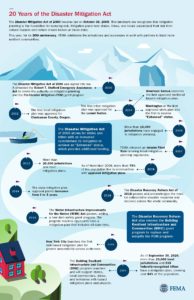
DMA timeline produced by FEMA, reused from FEMA website. To expand, click here.
The unequivocal answer is yes. By 2002, once FEMA had finalized its guidance for the mitigation planning process, Clackamas County, Oregon, became the first local jurisdiction to win approval for its plan. Within a few years, every state and territory had an approved plan in place. Winning compliance from most local jurisdictions understandably took longer, but today FEMA can claim that more than 23,000 local units of government have approved plans, as do 239 tribal governments, which together cover more than 84 percent of the U.S. population. The gaps in coverage are primarily in rural areas, many of which suffer from low governmental capacity—a subject that can still be addressed in future outreach by FEMA—and some of which simply choose not to plan, presumably not seeing the consequences as outweighing the burden of the work involved.
In the meantime, many professional and intergovernmental associations have done considerable outreach to their own members to explain the benefits of hazard mitigation planning beyond simple eligibility for grants. For example, during my tenure at the American Planning Association, we used a FEMA contract to produce a Planning Advisory Service Report on the benefits of integrating such planning throughout the local planning process, including comprehensive plans, capital improvements programming, and the land-use regulations that implement mitigation intentions, such as zoning, floodplain management, and subdivision ordinances. We published Hazard Mitigation: Integrating Best Practices into Planning in 2010. The concept of integrated planning has enjoyed significant increased attention throughout the second decade of DMA and has become a staple of FEMA guidance for local hazard mitigation planning.

